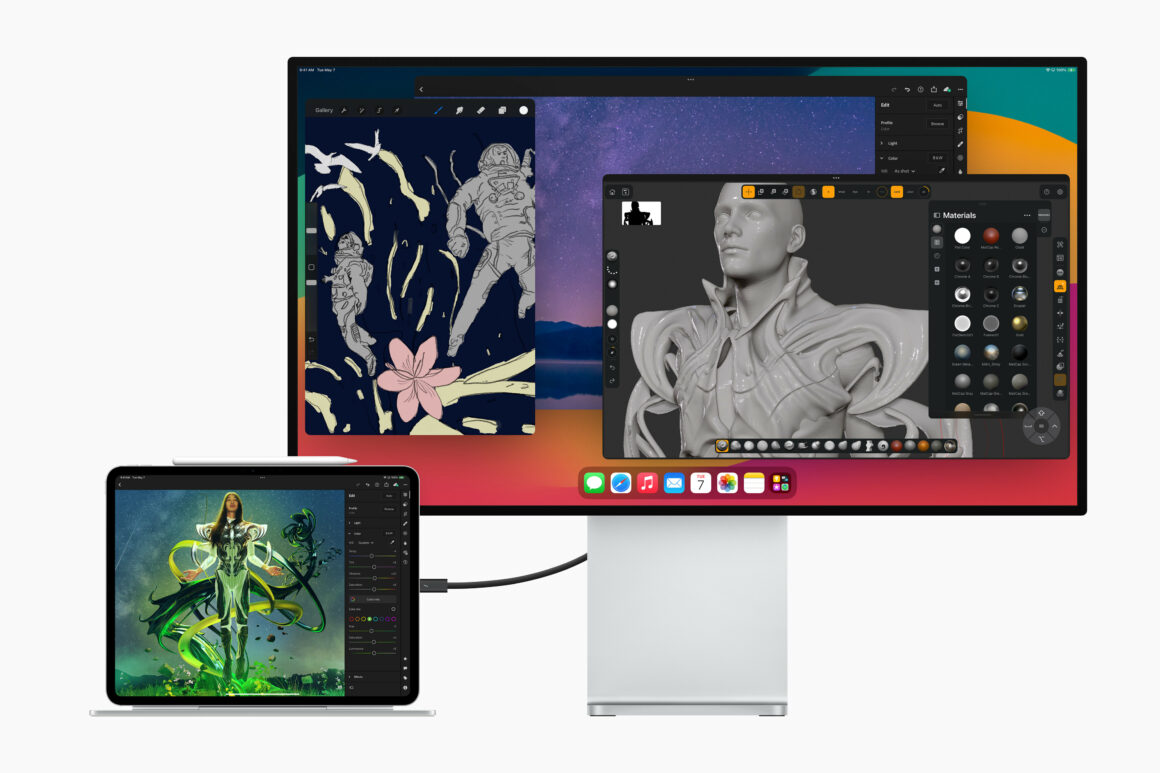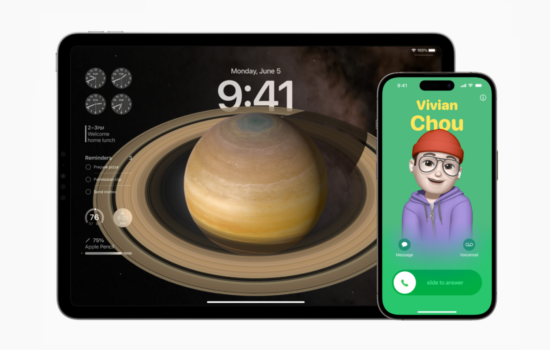In the previous article, Majin Bu reported that iPadOS could bring the Mac-line menu bar and Stage Manager 2.0 support as part of some major enhancements to improve the iPadOS experience. But the story doesn’t stop there because he also expects similar improvements to come to iOS 19.
Both the Mac and iPad pioneered USB-C in 2015 and 2018, respectively, and this universal standard supports DisplayPort, which allows video out from the host device. Since then, USB-C has become the standard across desktops, laptops, tablets, and smartphones with thousands of USB-C accessories for much more versatility. The iPhone recently adopted USB-C, and all models in the iPhone 15 and iPhone 16 series have a USB-C port. In spite of this, the biggest drawback with USB-C on iPhone is that you’re limited to only screen mirroring when connecting to any USB-C iPhone to an external monitor.
However, this limitation may be remedied soon for those iPhone models. Remember Samsung’s DeX? When users connected a Samsung phone to an external monitor, this feature will transform into a true desktop experience, and you can even work with an external keyboard, mouse, and Ethernet to boost productivity even further. It looks like Apple is planning to bring something like this to its more modern iPhones that have a USB-C port.
According to Bu, when users connect an iPhone with USB-C to an external monitor, iOS 19 may let users have some kind of “Stage Manager Lite”, or “Air” if you will, experience where they can work with multiple apps at once. This will be a huge game-changer for adept iPhone users who want to take productivity to the next level, especially that Apple Silicon is now powerful enough and we’ve have a plethora of productivity apps from Apple, Google, Microsoft, etc. I can already imagine that the more entry-level iPads could receive the same treatment, specifically the base iPad and the iPad mini, and here’s why.
Currently, Stage Manager on iPadOS is limited to both the iPad Air and Pro; those tablets feature the more powerful M-series chips, and the reason that it’s not supported on either the base iPad or the smaller iPad mini is that those tablets feature the A-series chips with fewer CPU/GPU cores. Those are the same chips that power the iPhone models as well, so the lower-end iPad models are also limited to simple screen mirroring when connected to an external monitor via USB-C. Therefore, bringing some sort of Stage Manager support to the lower-end iPad models could be another win for iPad users, making even the smallest iPad mini more versatile than ever before.
It looks like both iOS 19 and iPadOS 19 are going to be huge leaps in the productivity experience for iPhone and iPad users, respectively.








